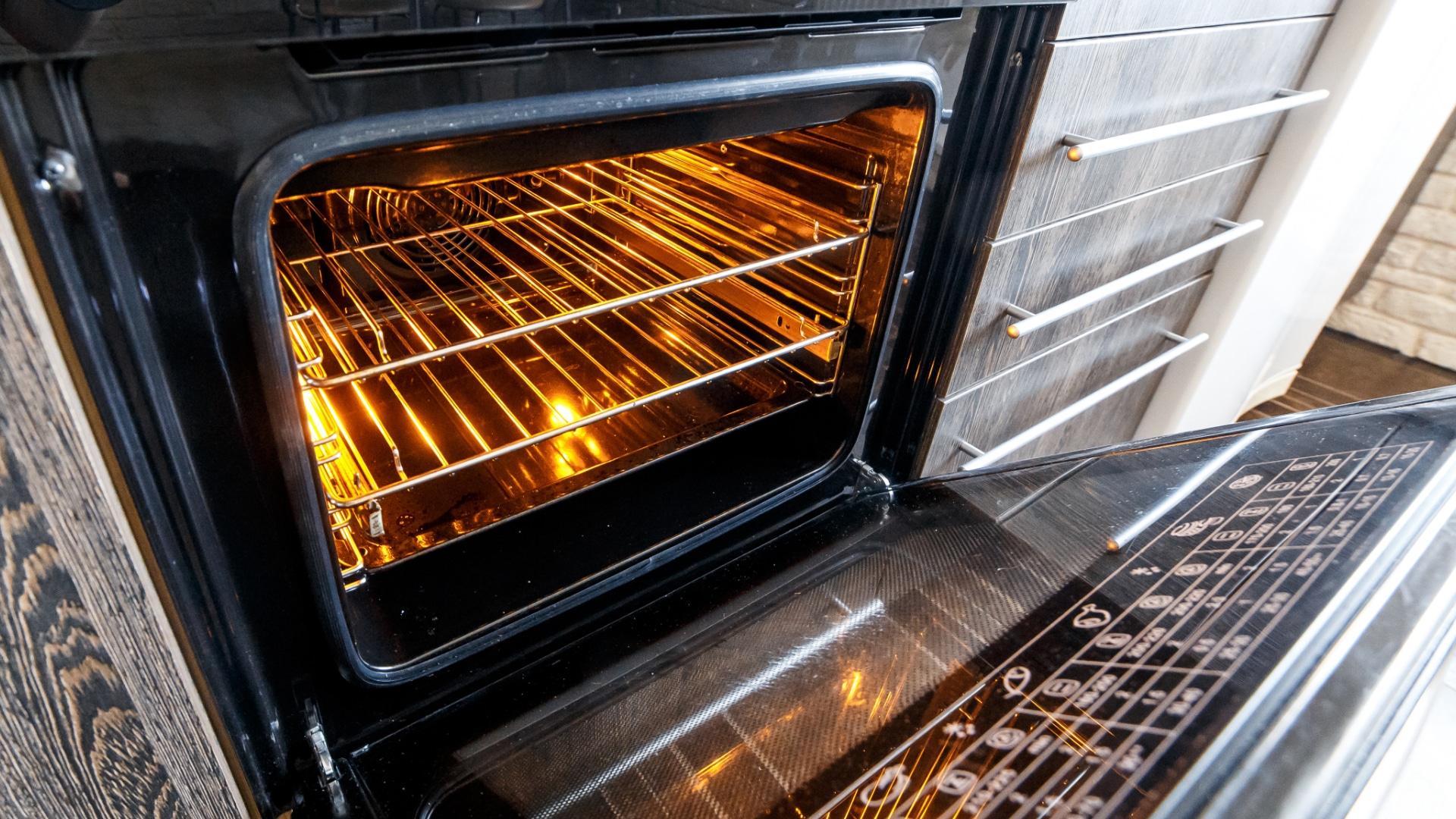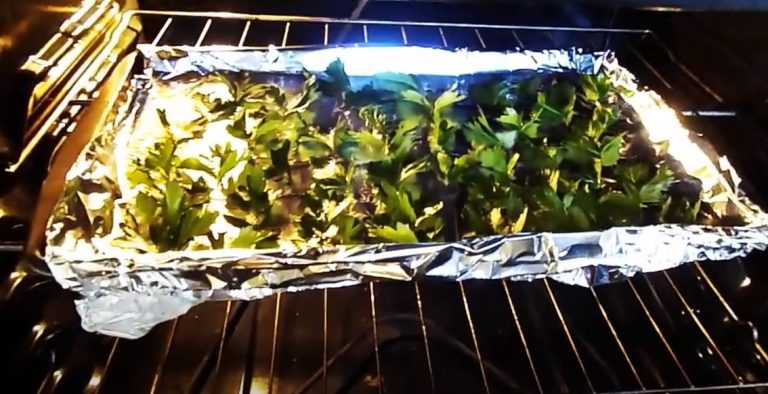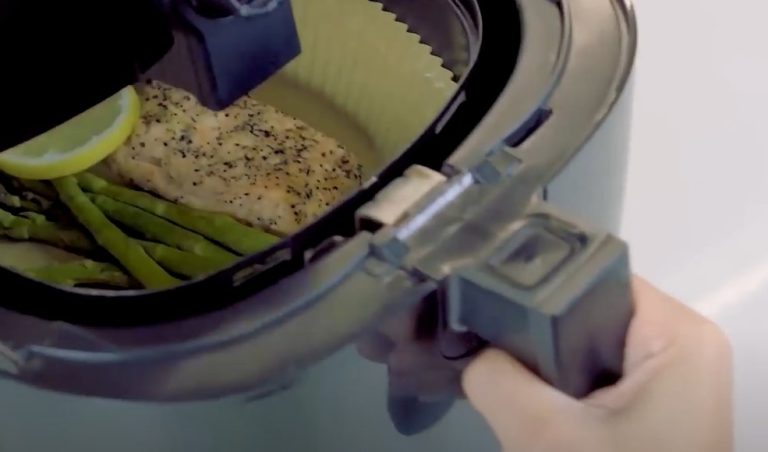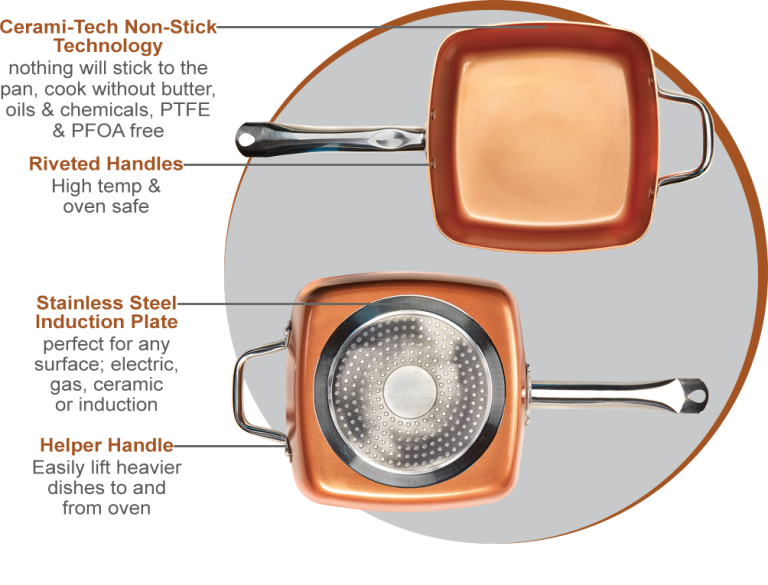Why is My Oven Not Turning On? Quick Fixes Explained
Why is my oven not turning on? Your oven may not turn on due to a tripped circuit breaker, a faulty power supply, a blown fuse, or a malfunctioning control board. Gas ovens may have ignition or gas supply issues. Always check the power source first and consult a professional if internal components may be damaged.
Your oven simply refuses to turn on. Frustration sets in as you wonder why this crucial appliance has chosen now to fail you. Don’t worry, you’re not alone. Understanding why your oven isn’t turning on can save you time, money, and a whole lot of dinner plans.
This article will walk you through the most common reasons your oven might be on strike, so you can get back to creating delicious meals without a hitch. Curious to find out what might be causing the issue and how you can fix it? Let’s dive in and get that oven back in business!

Credit: www.whirlpool.com
Why is My Oven Not Turning On?
Power Supply Issues
One of the most common reasons your oven isn’t turning on might be power supply issues. It’s frustrating when you plan a meal, only to find your oven unresponsive. Understanding the power supply problems can save you time and prevent unnecessary stress.
Check The Outlet
First things first, ensure your oven is plugged in. It sounds basic, but you wouldn’t believe how often this simple step is overlooked. Make sure the plug is secure and hasn’t been accidentally pulled out.
Inspect The Circuit Breaker
Sometimes, the circuit breaker trips, causing power loss to your oven. Locate your home’s electrical panel and check if the switch for your oven is in the “off” position. Flip it back to “on” and see if your oven starts working.
Look For Signs Of A Blown Fuse
If your oven still doesn’t turn on, a blown fuse might be the culprit. Check the fuse box for any signs of damage. If you find a blown fuse, replace it. Always have spare fuses on hand for quick fixes.
Examine The Power Cord
Inspect the power cord for any visible damage. A frayed or damaged cord could prevent your oven from receiving power. If you spot any issues, consider replacing the cord to ensure safety and functionality.
Consider Overloaded Circuits
If your oven shares a circuit with other appliances, it might be overloaded. Try unplugging other devices and see if that resolves the issue. This small adjustment could be all you need.
Is your oven still defying your attempts to turn it on? Power supply issues are often the easiest to fix, yet they can be the most overlooked. Have you encountered a similar problem with other appliances? What steps did you take to resolve it? Share your experiences in the comments below!

Credit: www.whirlpool.com
Faulty Heating Elements
Experiencing an oven that won’t turn on can be frustrating. A common reason is faulty heating elements. These elements are vital for generating heat. If they fail, your oven remains cold and unusable. Understanding this issue can help address the problem efficiently.
What Are Heating Elements?
Heating elements are wire coils inside the oven. They convert electricity into heat. They ensure your oven reaches the desired temperature. Without them, baking or roasting becomes impossible. They are crucial for your oven’s functionality.
Signs Of Faulty Heating Elements
Several signs indicate faulty heating elements. One sign is uneven cooking. Food might be cold in some parts. Another sign is visible damage. Cracks or breaks in the coil mean trouble. Look for burn marks or discoloration. These signs suggest a replacement is needed.
Testing Heating Elements
Testing helps confirm if elements are faulty. Use a multimeter for accurate results. Turn off the oven before testing. Remove the element carefully. Connect the multimeter to the terminals. No continuity means the element is broken. Replace it to restore oven function.
Replacing Faulty Heating Elements
Replacing elements is often straightforward. Ensure the oven is off and unplugged. Remove the old element with caution. Install the new one securely. Make sure it fits snugly. Test the oven after replacement. Confirm it heats properly. This resolves the heating issue.
Malfunctioning Control Panel
Facing a malfunctioning control panel can be frustrating. It’s a common issue in many ovens. A broken control panel prevents you from cooking efficiently. Understanding the problem helps you address it quickly.
Control Panel Display Issues
A blank or flickering display signals trouble. It might mean a loose connection or a faulty panel. Check for visible damage first. If it’s intact, examine the power source. Ensure the oven is plugged in securely.
Button Malfunction
Unresponsive buttons can disrupt your cooking plans. Dirt or grime buildup may be the cause. Clean the panel gently with a soft cloth. If cleaning doesn’t work, consider the possibility of worn-out components.
Faulty Wiring
Faulty wiring can lead to a non-working control panel. Inspect the wiring for visible damages. Loose wires can affect the panel’s function. Ensure all connections are tight and secure.
Power Supply Problems
Power supply issues might hinder the panel’s operation. Check the circuit breaker and fuses. Look for any tripped switches or blown fuses. Reset the breaker if necessary to restore power.
Professional Help
Complex issues may need expert attention. A technician can diagnose and fix the problem efficiently. Seeking professional help ensures safety and proper repairs.
Defective Thermostat
A defective thermostat might be why your oven isn’t turning on. It can’t regulate the temperature correctly, causing the oven to remain off. Inspecting the thermostat can help identify the issue and resolve the problem quickly.
When your oven decides to take a day off, the situation can quickly turn from a culinary adventure to a frustrating dilemma. One common culprit for this issue is a defective thermostat. You might not think much about this tiny component, but it plays a huge role in ensuring your oven functions correctly. Without it, your oven can’t regulate temperature, leading to a failure to turn on. A thermostat is like your oven’s brain, controlling when the heat kicks in and when it should shut off. If it’s not working, your oven might just sit there, cold and unresponsive.
Understanding The Role Of The Thermostat
The thermostat is the part that communicates with the oven’s heating elements. It signals when the oven should start heating and when to stop. If this part becomes faulty, it might not send the correct signals, leaving your oven unable to start.
Signs Of A Defective Thermostat
Is your oven not heating up, or does it refuse to turn on entirely? These are clear signs that the thermostat might be defective. An unexpected change in cooking times or uneven baking can also indicate a thermostat issue.
How To Check Your Thermostat
You can perform a basic check by turning the oven on and listening for a click sound, which indicates the thermostat is trying to activate the heating elements. No sound? It might be time for a closer inspection.
Diy Fixes For A Defective Thermostat
Before calling a professional, consider resetting the thermostat. Sometimes, a simple reset can solve the problem. If comfortable, inspect the wiring. Loose wires could be the reason behind the malfunction.
When To Call A Professional
If DIY solutions don’t work, it’s wise to consult an expert. A professional can test the thermostat with specialized tools and replace it if needed. Attempting a repair without knowledge can cause further damage.
Preventive Measures
Regular maintenance can help avoid thermostat issues. Clean your oven periodically and inspect the thermostat for signs of wear. A little attention can prevent big problems.
Final Thoughts
A defective thermostat can halt your cooking plans. By recognizing the signs and taking action, you can get your oven back to its reliable self. Have you ever had to deal with a faulty oven thermostat? How did you handle it? Sharing your experiences can help others navigate similar situations.
Broken Door Switch
Your oven might not turn on due to a broken door switch. This small part ensures the door is properly closed, enabling the oven to function safely. If damaged, it prevents the oven from starting.
A broken door switch is a common yet often overlooked reason why your oven might not turn on. This small component ensures the oven door is securely closed before allowing the oven to heat up. If it’s malfunctioning, your oven may refuse to power up, leaving you puzzled.
Understanding The Door Switch
The door switch acts as a safety mechanism. It prevents the oven from turning on if the door isn’t properly closed. You might notice this feature when you try to bake, but nothing happens despite hearing the usual hum.
Signs Of A Faulty Door Switch
One clear sign is when the oven light doesn’t turn off after closing the door. You might also find that the oven doesn’t start, even though the display and other functions seem normal. Listen carefully—if you don’t hear the usual click when closing the door, the switch might be broken.
Testing The Door Switch
Testing the door switch can be a quick DIY task. Make sure to unplug the oven first for safety. Then, check if the switch moves freely and clicks when pressed. No click? It might be time for a replacement.
Replacing The Door Switch
Replacing a door switch isn’t as daunting as it sounds. Most switches are located along the oven’s front frame, accessible once you remove a few screws. Always refer to your oven’s manual for specific instructions.
Cost Implications
Wondering about the cost? Door switches are generally inexpensive and can be found at most hardware stores. Replacing it yourself saves labor costs, making it a budget-friendly fix.
Preventive Measures
To avoid future issues, handle your oven door gently. Slamming it shut can damage the switch over time. Regularly clean around the door to prevent dirt buildup, which can also affect the switch.
When To Call A Professional
If replacing the switch doesn’t solve the problem, it might be time to call a professional. They can diagnose deeper issues that might be affecting your oven. When was the last time you had a professional check your appliances? It could save you headaches down the road. By keeping these insights in mind, you can tackle the issue of a broken door switch with confidence. Remember, a little know-how can go a long way in keeping your kitchen running smoothly.

Credit: www.youtube.com
Frequently Asked Questions
Why Won’t My Oven Start?
Check the power supply. Ensure it’s plugged in. Inspect the circuit breaker. Reset if tripped.
Could A Faulty Thermostat Prevent Oven From Turning On?
Yes, a malfunctioning thermostat can cause issues. It may need replacement. Consult a technician for accurate diagnosis.
Is The Oven Door Affecting Its Operation?
Yes, if the door isn’t fully closed, the oven may not start. Ensure it’s securely shut before attempting to turn on.
Conclusion
Discovering why your oven won’t turn on can be puzzling. Start by checking simple things. Ensure it’s plugged in properly. Inspect the power outlet for issues. Examine the circuit breaker too. Sometimes, the oven door might not close properly. Check the door latch.
Safety features can prevent starting. Lastly, consider seeking professional help. Experts can diagnose complex problems. Regular maintenance helps avoid future issues. Keep your oven in top shape. With these tips, you can tackle the problem confidently. Happy cooking soon!
Related Article
- Who Makes the Best Over the Range Microwave Oven? Top Picks
- Zanussi Built in Single Oven: Ultimate Cooking Experience
- Xlt Pizza Ovens: Revolutionize Your Home Baking
- Wood for Wood Burning Pizza Oven: Best Choices Revealed

Hi there, my name is Kitty Wilson and I am the founder of Globokitchen.com. Professionally, I am a chef and start my cooking journey since 2009. Stay tuned to get splendid cooking tips, ideas, and hacks






